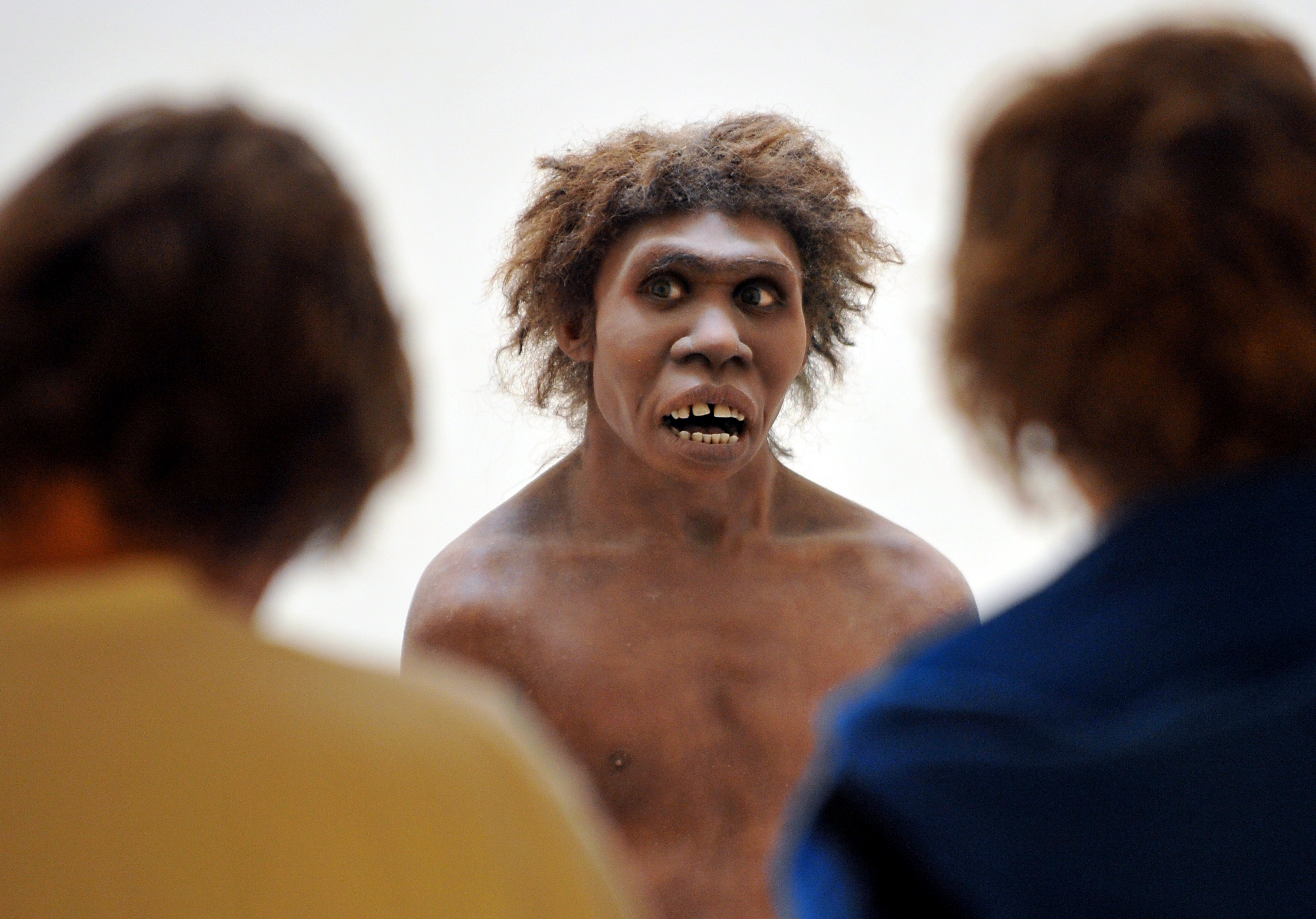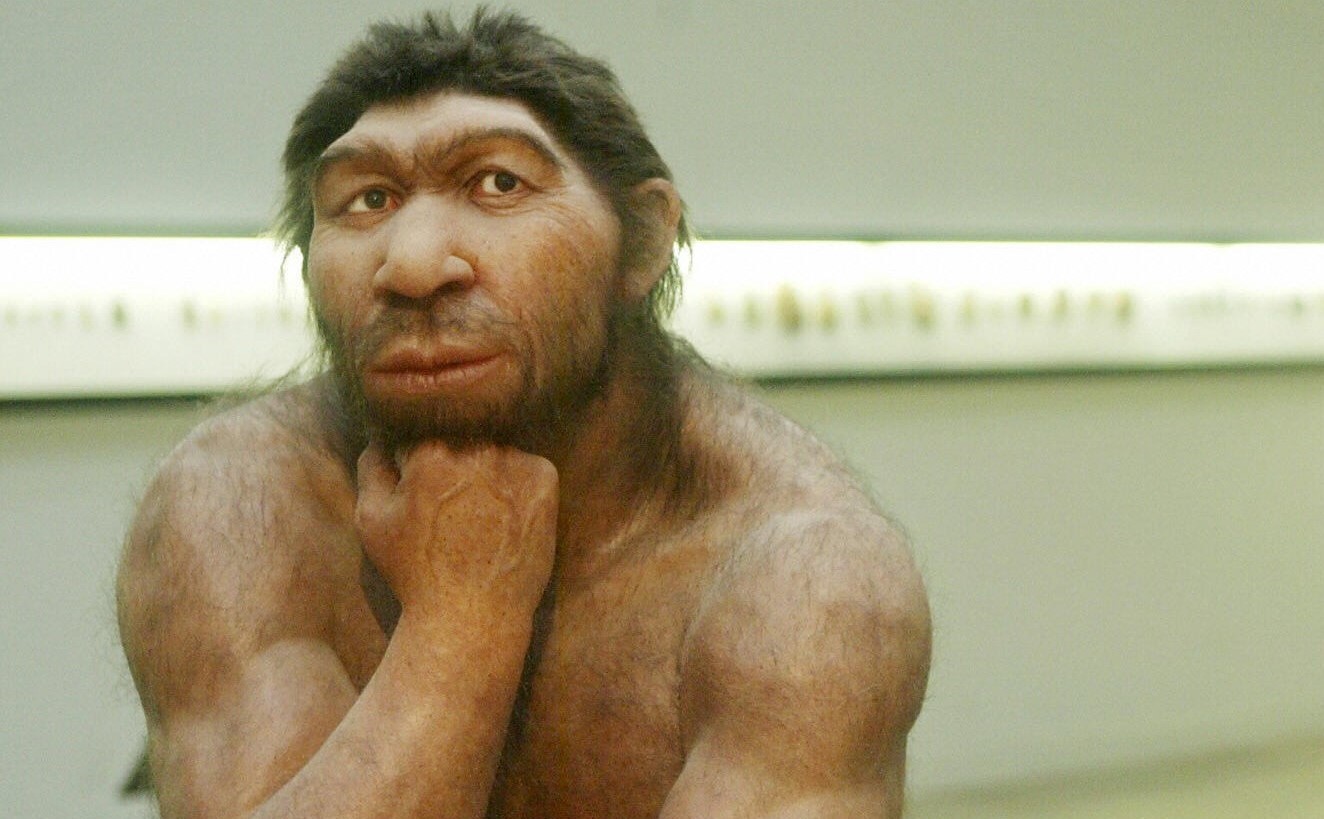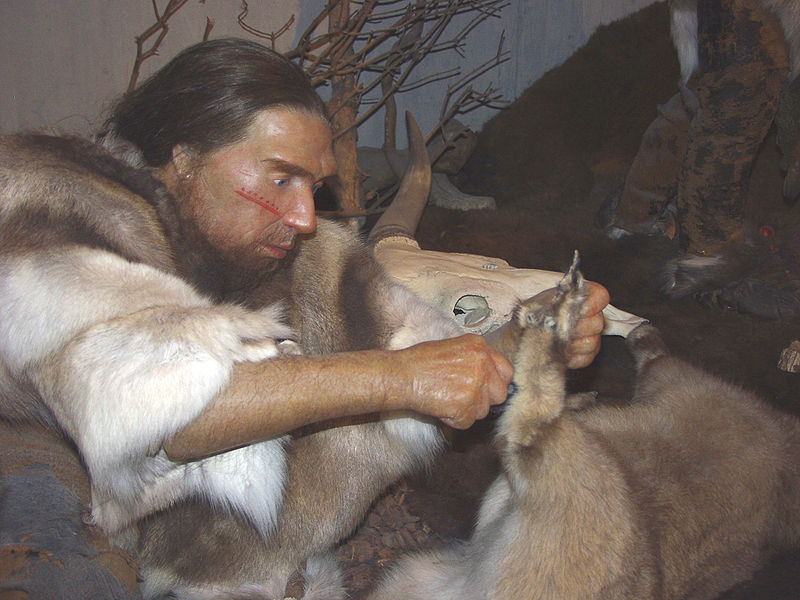Human brain cells made fewer genetic mistakes than Neanderthals’

- The brains of Neanderthals, a species that’s thought to have lived alongside humans for thousands of years, were about as large as ours are.
- Still, researchers aren’t sure how similarly their brains functioned to ours.
- A recently published study reveals that several amino acids in the human brain — which only emerged after humans split away from Neanderthals — make our chromosomes far less prone to errors as they separate into identical pairs.
Although they disappeared around 40,000 years ago, Neanderthals were once one of our closest evolutionary relatives. Before they split away from our own ancestors, anywhere between 300,000 and 800,000 years ago, the common ancestor of both species went through dramatic evolutionary changes, particularly in a part of the brain called the neocortex.
Unique to mammals, the neocortex is involved in many of the brain’s most complex functions, helping us to perceive rich sensory information from our surroundings, while allowing us to plan, control, and execute coordinated movements.
In the ancestors of both Neanderthals and humans, a dramatic increase in the size of the neocortex likely paved the way for many of the advanced neurological capabilities that separate us from the rest of the animal kingdom — including an enhanced spatial awareness, which lets us envisage changes to our surroundings. These changes likely played a crucial role in the development of language, which transformed our ability to communicate with each other and was ultimately key to the emergence of complex societies.
After splitting away from Homo sapiens, Neanderthals spread out across much of Africa, Europe, and Asia, living alongside modern humans for much of our history. But despite the fact that both species shared a similarly large neocortex, we still have many questions about how closely the function of their brains resembled our own, or the extent to which they developed their own language, culture, and technology.
Swapping amino acids
In a recent study, a team of researchers in Germany added a new piece to this evolutionary puzzle. The research focused on differences between the amino acids carried by Neanderthals and modern humans. As the molecular building blocks of proteins, amino acids hold sway over much of the biochemistry taking place in our bodies.
After Homo sapiens split from Neanderthals, around 100 amino acids were swapped out for other molecular groups — a substitution that didn’t take place in our evolutionary cousins. These changes profoundly altered the structures of the proteins carried by our ancestors. So far, however, their biological significance has largely eluded researchers.
A team led by Felipe Mora-Bermúdez at the Max Planck Institute of Molecular Cell Biology and Genetics has now discovered new clues. The researchers were particularly interested in six amino acid substitutions, which affected three of the proteins known to play key roles in a process named “chromosome segregation.”
As cells divide, chromosome segregation replicates the genetic information they carry. Ideally, the process produces a new pair of identical chromosomes, which are taken on by a pair of newly formed cells. The three proteins studied by the team are produced in abundance by dividing stem cells in the developing neocortex, which then transform into the neurons that convey and pass on electrical signals throughout the brain.
To examine the effects of the six substituted amino acids, Mora-Bermúdez’s team introduced them to the brains of mice, mimicking the swapping that took place in our ancestors. With these alterations, the researchers discovered that fewer errors occurred in the neocortices of the mice during chromosome segregation.
When such errors do occur, they can lead to pairs of chromosomes with differing genetic information, often increasing the risk of diseases such as cancer, while raising the occurrence of genetic conditions, like Down’s syndrome. More fundamentally, the team suggests that higher numbers of errors could have important consequences for the very ways that the neocortex functions.
Mora-Bermúdez’s team also explored the opposite case using organoids, which are miniature, simplified versions of organs. These can be grown in the lab from just a few cells of tissue, and then organize themselves into 3D cultures. In this part of the study, the researchers substituted the six amino acids in organoids grown from human brain cells with those found in Neanderthals. In these altered organoids, the researchers measured similar rates of chromosome segregation errors to those in organoids grown from the brain cells of chimpanzees: our closest living evolutionary relatives.
Understanding our brains
These results begin to paint a clearer picture of the key changes that took place in the brains of our ancestors. As they evolved alongside Neanderthals, early humans would have begun to outcompete their ability to retain genetic information, and they likely experienced fewer of the challenges associated with faulty chromosome segregation.
For now, it still isn’t completely clear how strongly the differences between Neanderthals and modern humans were affected by the altered structures of their neocortex proteins. All the same, the findings gathered by Mora-Bermúdez’s team present a promising next step toward solving this mystery.





